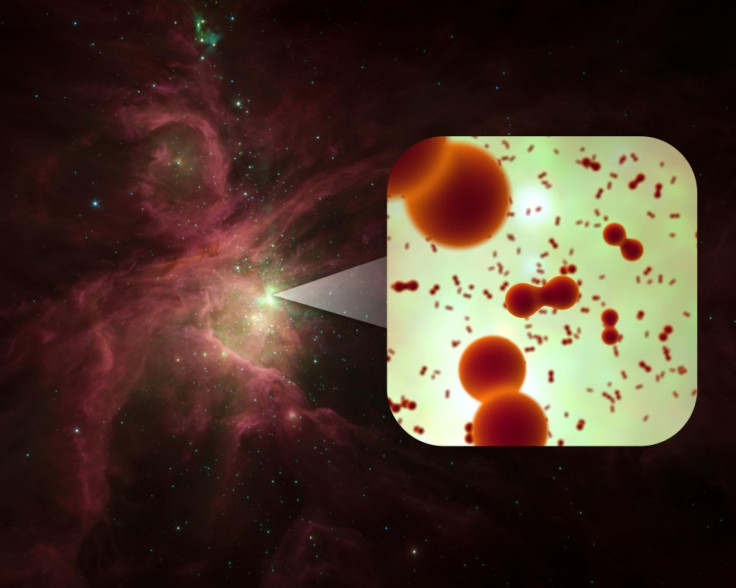First Oxygen Molecules Found in Orion Nebula [PHOTOS]

Astronomers have found the first ever molecules of oxygen deep in space in a region of the Orion nebula with the Herschel Space Observatory, prompting searches to ensue in other star-forming regions.
Herschel, a mission under the European Space Agency (ESA) using infrared technology, is the first to confirm the existence of molecular oxygen, or two bonded oxygen atoms, rarely found in space though the Swedish Odin telescope spotted an unconfirmed molecule in 2007. This finding marks certainty regarding oxygen molecules in outer space, a phenomenon, though predicted, continued to puzzle astronomers.
"Oxygen gas was discovered in the 1770s, but it's taken us more than 230 years to finally say with certainty that this very simple molecule exists in space," said lead author Paul Goldsmith, NASA's Herschel project researcher at the agency's Jet Propulsion Laboratory (JPL).
According to Goldsmith, oxygen is stored in ice particles that coat tiny dust grains throughout space. Amounts of molecular oxygen are increased when heat from stars forming in nebulas warms icy grains and discharges water forming oxygen molecules in the dense gas clouds.
"This explains where some of the oxygen might be hiding," Goldsmith said regarding the whereabouts of oxygen molecules rarely found in space.
The findings published in the Astrophysical Journal suggest that the search for molecular oxygen is far from over. As the third most prevalent element in the universe, comprising nearly one-fifth of the air breathed on Earth, the origin of molecules of oxygen is still enigmatic to researchers, who will continue to utilize Herschel in their search.
"Theory suggests we should find lots of oxygen atoms locked in molecular oxygen, but previous searches kept falling short of such a large amount," Goldsmith said. "We didn't find large amounts of it, and still don't understand what is so special about the spots where we find it. The universe still holds many secrets."
© Copyright IBTimes 2024. All rights reserved.






















